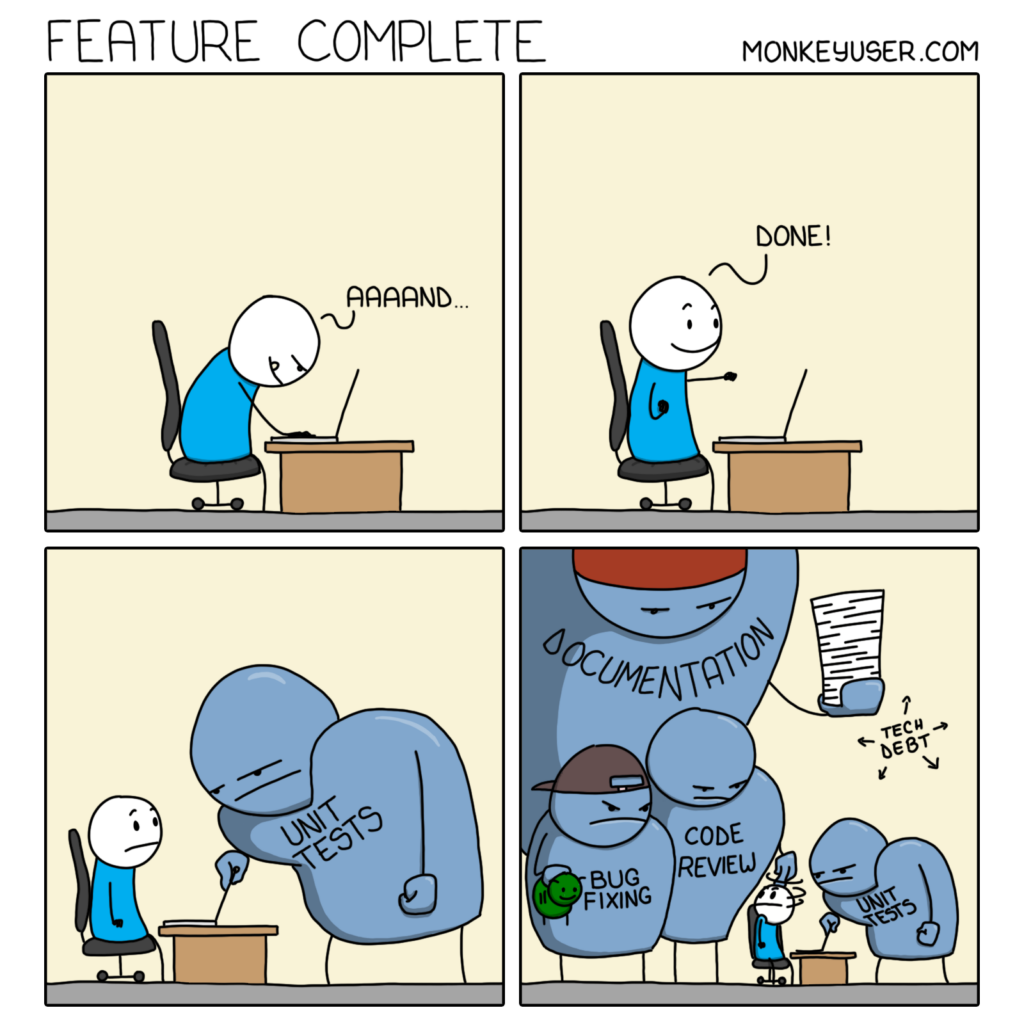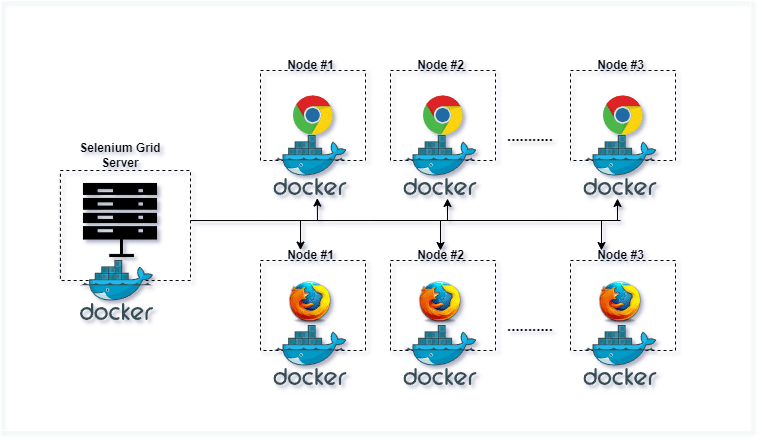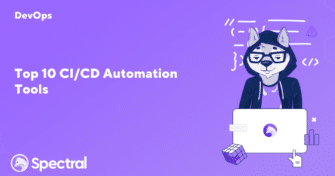Top 10 CI/CD Automation Tools
Software teams have focused on agility since the world embraced Mark Zuckerberg’s motto to “move fast and break things.” But many still lack the confidence or
Every software team is constantly looking for ways to increase their velocity. DevOps has emerged as a leading methodology that combines software development and IT operations to shorten the system development life cycle and provide continuous delivery.
However, ensuring software quality and security in a high-velocity environment can be challenging. This is where parallel testing comes into play. Parallel testing is a game-changer in the realm of DevOps, offering a way to turbocharge your pipelines by running multiple tests simultaneously, thereby reducing testing time, accelerating delivery, and ensuring quality.
In the following sections, we’ll delve into the significance of parallel testing in DevOps, the challenges it addresses, and most importantly, we’ll share 10 actionable tips to optimize your DevOps pipeline using parallel testing.
Testing has always been an integral part of software development since the era of the waterfall methodology. In waterfall, developers tested toward the end of the software development lifecycle (SDLC). With the rise of Agile methodology and DevOps, teams started to test alongside development. But as teams increased their velocity, testing again became an afterthought.
To put testing at the forefront of development again, the concept of “Shift Left” came about. Shift left represents a strategic and proactive approach to testing software at its early stages and frequently. However, as software codebase, complexity, and test cases increase, the need for faster cycles in continuous testing arises. Enter parallel testing.

Parallel testing is a technique where multiple tests run simultaneously in different environments, devices, and browser setups. Unlike conventional testing, where you run the tests one at a time, with parallel testing, you split a test suite into different groups and run each group on a different machine.
Parallel testing plays an indispensable role in DevOps today. The following are some reasons why:
Significantly speeding up threat detection with the help of testing platforms like SpectralOps, reduces the overall testing time, enabling quicker remediation of discovered bugs and vulnerabilities. This proactive remediation improves software quality and reduces the cost and effort associated with fixing bugs later in the SDLC.
A CI/CD pipeline aims to automate and streamline your development, testing, and deployment processes. If there is a bottleneck or delay in your testing processes, it will affect every step of your pipeline.
Parallel testing enhances the efficiency of test execution. With multiple tests running concurrently, resources such as test servers and testing environments are utilized more effectively. This leads to seamless runs of your pipeline.

Just like every practice in software development, parallel testing is faced with its own set of challenges.
The following are the major roadblocks you might face when parallel testing:
The following 10 tips to help you seamlessly implement parallel testing in your DevOps pipeline.
A flexible infrastructure allows you to adapt to different testing requirements and scenarios, whether you’re running tests on different operating systems, browsers, or configurations. Cloud service providers like AWS or Azure can provide the elasticity needed for scaling resources up or down based on your testing needs.
Not all test cases are created equal. Some tests may have a more significant impact on the overall quality and functionality of your software. It is important to identify critical tests for immediate execution.
You can prioritize test cases based on the risk-based testing strategy, which prioritizes testing part of software based on the risk of failure, the function of their importance, and the impact of failure. For example, seeing the cost and time it takes to fix issues in production, it is ideal to prioritize Static Application Security Testing (SAST) test cases over Dynamic Application Security Testing (DAST).

With containerization (e.g., Docker, Kubernetes) and virtualization (e.g., VMware) technologies, you can dynamically provision testing environments where parallel tests can run independently of each other with the exact resources (CPU, memory, and storage) they need.
Also, you can reproduce these testing environments easily, which saves time and ensures consistency.
When parallel testing, multiple tests manipulate a shared database. This can easily lead to data pollution or out-of-sync data. When multiple tests need to manipulate shared data, ensure “common datasets” are put together during data pooling.
Also, implementing techniques like data masking and synthetic data generation is critical. This not only helps you avoid sensitive data leaks and pollution but also helps you carry out more tests, especially in cases where you don’t have enough real user data.
Parallel testing is practically impossible without automation. Implementing the right framework that allows you to automate and parallelize your tests easily can make or break your testing initiative.
Popular frameworks like Selenium, Appium, and JUnit provide features for parallel test execution. It is good to explore your options, see the type of applications you build, and test them in a sandbox environment to see if they meet your needs.
Distributing tests across different environments is essential to ensure that the software functions correctly across various platforms, browsers, devices, and operating systems. This practice is often referred to as cross-browser testing or cross-environment, and it helps identify and fix compatibility issues early in the development process.

Observability, most times, is an afterthought in engineering teams. Monitoring and analyzing test results is the next step upon test completion. Because “what’s the point of testing if you won’t study the outcome of the tests?”.
You should document all the outcomes of the testing efforts, which is vital for continuous improvement and valuable for compliance, audits, and decision-making.
Flaky tests are tests that produce inconsistent results, sometimes passing and sometimes failing, without any code changes. When flaky tests occur, they cause delays and lead to confusion among team members.
The first step to addressing flaky tests is to identify the root cause. Several things can cause flaky tests; test environmental issues, timing and synchronization, test data inconsistency, external dependencies, etc. After that, the next step would be to explore potential solutions.
As you read in the earlier section of this article, parallel testing strengthens the backbone of CI/CD processes. Integrating parallel testing with your CI/CD tools automates the testing process within the deployment pipeline, making the entire SDLC seamless.
Alongside parallel testing, it is important to continuously scan for vulnerabilities and bugs during the entire SDLC, which will reduce the number of issues you would discover during parallel testing.
Lastly, upskilling your team is essential to a successful DevOps pipeline with parallel testing. With the rapidly evolving technological landscape, staying competitive and efficient requires continuous learning and adaptation. As the demands of DevOps practices grow, so does the need for specialized skills and knowledge.
Efforts to improve testing aim for efficiency, effectiveness, and consistent delivery of high-quality software. It is a journey that requires continuous improvement and innovation.
In pursuit of this goal, consider the merits and challenges of parallel testing, along with practical tips to enhance your testing processes. Prior to testing, establishing robust development practices is essential to minimize the need for extensive fixes during and after testing.
To help you drive actionable remediation, SpectralOps is the platform you need, as it integrates seamlessly with any CI/CD tool. Get a free trial today!

Software teams have focused on agility since the world embraced Mark Zuckerberg’s motto to “move fast and break things.” But many still lack the confidence or

Becoming and staying PCI compliant both take a lot of work. Developers are often already swamped with an endless list of tasks, and adding PCI compliance

Security is the biggest threat facing organizations that strive for faster software delivery. Organizations are witnessing increasing attacks due to application code gaps and security weaknesses.